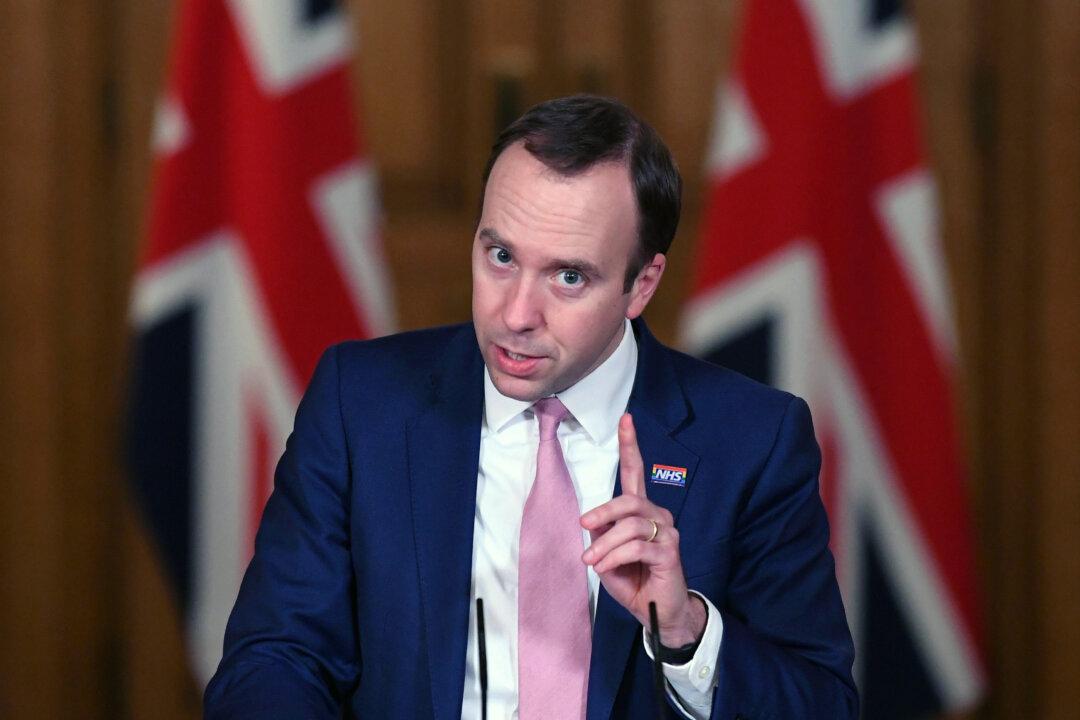Health Secretary Matt Hancock has declined to rule out an extension to the current month-long national lockdown in England
Further lockdown measures beyond Dec. 2 would need the consent of MPs in a vote.


Health Secretary Matt Hancock has declined to rule out an extension to the current month-long national lockdown in England
Further lockdown measures beyond Dec. 2 would need the consent of MPs in a vote.